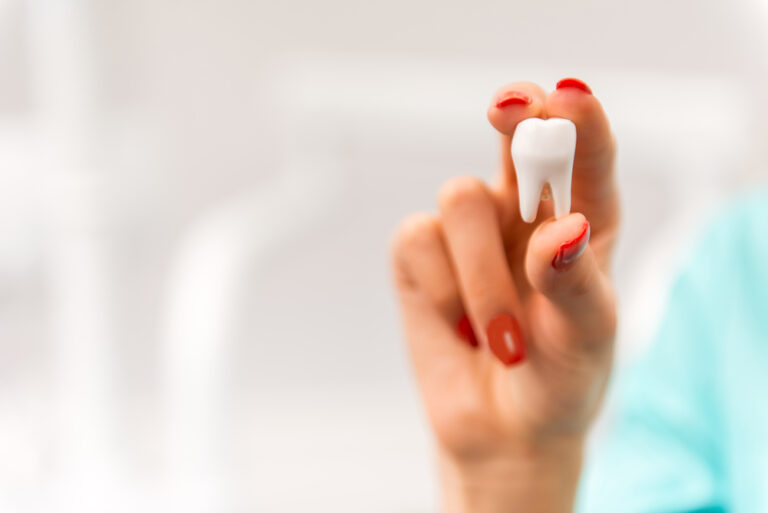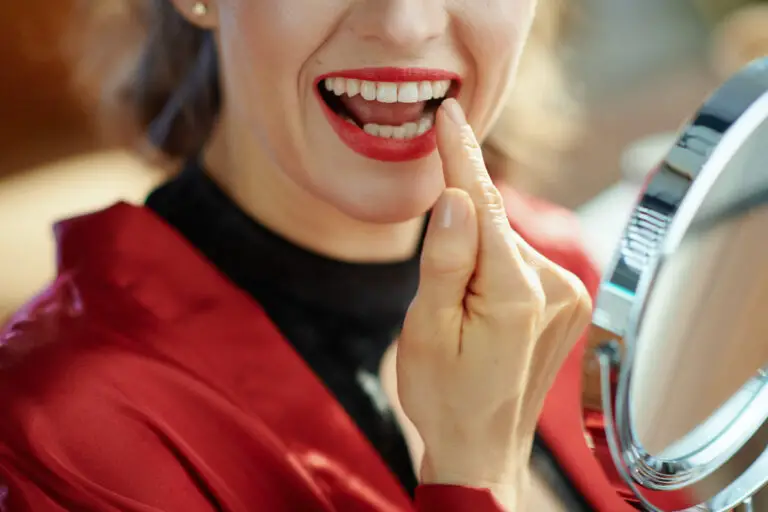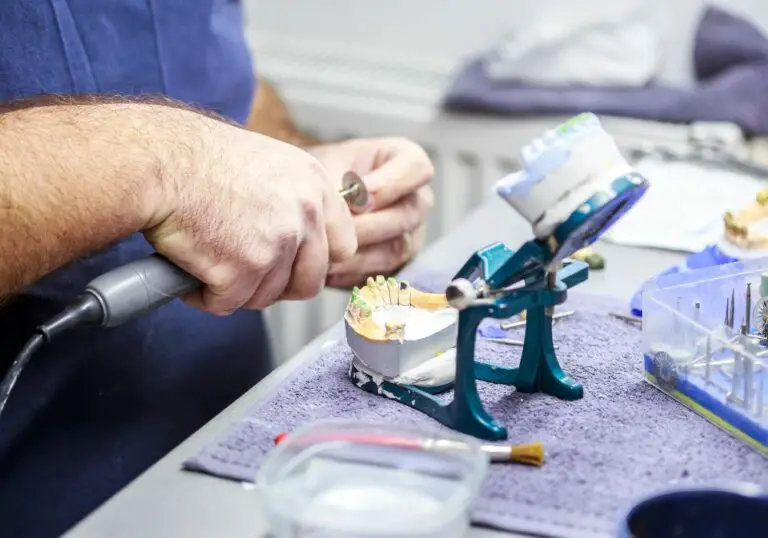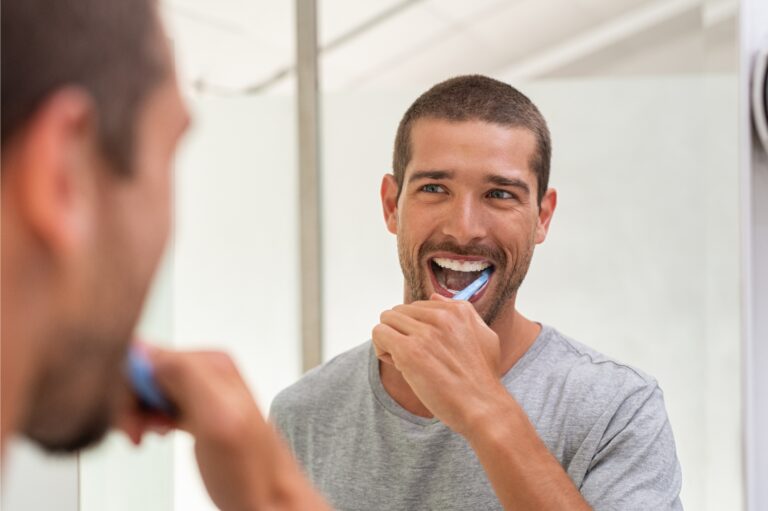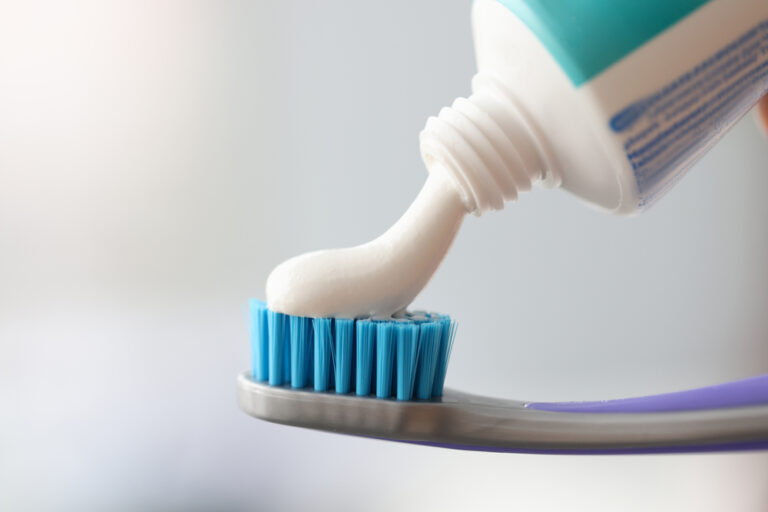Are you wondering if your child is ready to start brushing their own teeth? It’s a common question among parents, and for good reason. You want to make sure your child is taking proper care of their teeth, but at the same time, you don’t want to rush them into something they’re not ready for. So, can children brush their own teeth?
According to experts, the answer is yes, but with some caveats. Children typically don’t have the dexterity and coordination to properly brush their teeth until they are between the ages of 6 to 9. However, you can start teaching them the proper technique as early as age 3, with adult assistance. By age 8, they should be able to brush their teeth independently. But even then, it’s important to supervise and make sure they’re doing a thorough job.
It’s also worth noting that children may need help with flossing until they develop the necessary skills to do it on their own, which can take until around age 10. So, while children can brush their own teeth, it’s important to make sure they’re doing it correctly and to provide assistance as needed.
Understanding Dental Health in Children
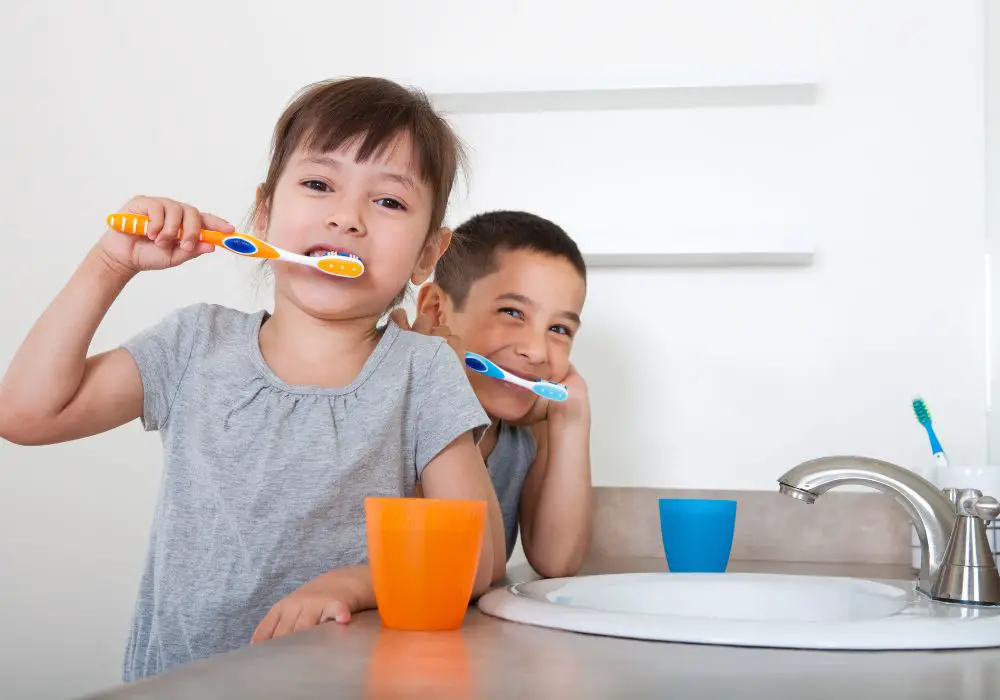
As a parent, it’s important to understand the basics of dental health in children. Good dental habits should start early in life to prevent tooth decay and other dental issues. Here are some key points to keep in mind:
- Brushing: Children should brush their teeth at least twice a day with fluoride toothpaste. When your child is young, you may need to brush their teeth for them. Children should be able to handle a child-sized toothbrush well enough to clean all surfaces of every tooth. Some say children are ready to brush their own teeth about the same time as they can tie their own shoes. Encourage your child to brush for at least two minutes and to spit out the toothpaste rather than swallowing it.
- Toothpaste: For children under age 3, use just a small amount of toothpaste the size of a grain of rice. For older children, use a pea-sized amount. Make sure your child uses toothpaste with fluoride, which helps prevent cavities.
- Flossing: Children should start flossing as soon as they have two teeth that touch. Flossing helps remove food particles and plaque from between teeth and under the gumline.
- Diet: Limit sugary and starchy foods and drinks, which can lead to tooth decay. Encourage your child to eat a healthy diet with plenty of fruits, vegetables, and whole grains.
- Dental visits: Children should see a dentist by their first birthday or within six months of getting their first tooth. Regular dental checkups can help prevent dental problems and catch them early when they do occur. Your child’s dentist may also recommend dental sealants, which can help prevent cavities.
By following these basic dental health guidelines, you can help your child develop good dental habits that will last a lifetime.
When to Start Brushing
As soon as your child’s teeth begin to appear above the gumline, it’s time to start brushing them. This is usually around 6 months of age. It’s important to establish good oral hygiene habits early on to prevent cavities and gum disease.
When brushing your child’s teeth, use a soft-bristled toothbrush and a small amount of fluoride toothpaste. The fluoride should be no larger than a grain of rice. Brush your child’s teeth for at least 2 minutes, twice per day. One of those times should be after their last meal or drink of the day.
It’s important to supervise your child’s brushing until they are able to do it effectively on their own. This usually happens around the age of 6 or 7. Until then, you can help them by guiding their hand and making sure they brush all surfaces of their teeth.
Remember to replace your child’s toothbrush every 3 to 4 months or sooner if the bristles become frayed. You should also schedule regular dental check-ups for your child starting at age 1 or when their first tooth appears.
By starting good oral hygiene habits early on, you can help your child maintain healthy teeth and gums for a lifetime.
Choosing the Right Toothbrush
When it comes to choosing a toothbrush for your child, there are a few things to keep in mind. Here are some tips to help you make the right choice:
1. Size and Shape
Choose a toothbrush with a small head and soft bristles that can easily fit inside your child’s mouth and reach all tooth surfaces. A larger toothbrush may be difficult for your child to maneuver and may not clean all areas of their teeth.
2. Bristle Type
Opt for soft bristles made of a round-ended or “polished” material. These bristles clean teeth effectively without being too rough on your child’s gums. Avoid hard bristles, which can cause damage to tooth enamel and gum tissue.
3. Age-Appropriate Design
Choose a toothbrush with a design that is appropriate for your child’s age. Toothbrushes for babies and toddlers often have a smaller head and a handle that is easy for little hands to grip. Older children may prefer a toothbrush with their favorite cartoon character or superhero on it.
4. Electric vs. Manual
Electric toothbrushes can be a fun way to encourage children to brush their teeth. However, they may not be suitable for younger children who are still learning how to brush their teeth properly. Manual toothbrushes can be just as effective if used correctly.
5. Replace Regularly
Remember to replace your child’s toothbrush every three to four months or sooner if the bristles become frayed. A worn-out toothbrush may not clean teeth effectively and can harbor bacteria.
By following these tips, you can help ensure that your child is using the right toothbrush to maintain good oral health.
Proper Brushing Technique for Children
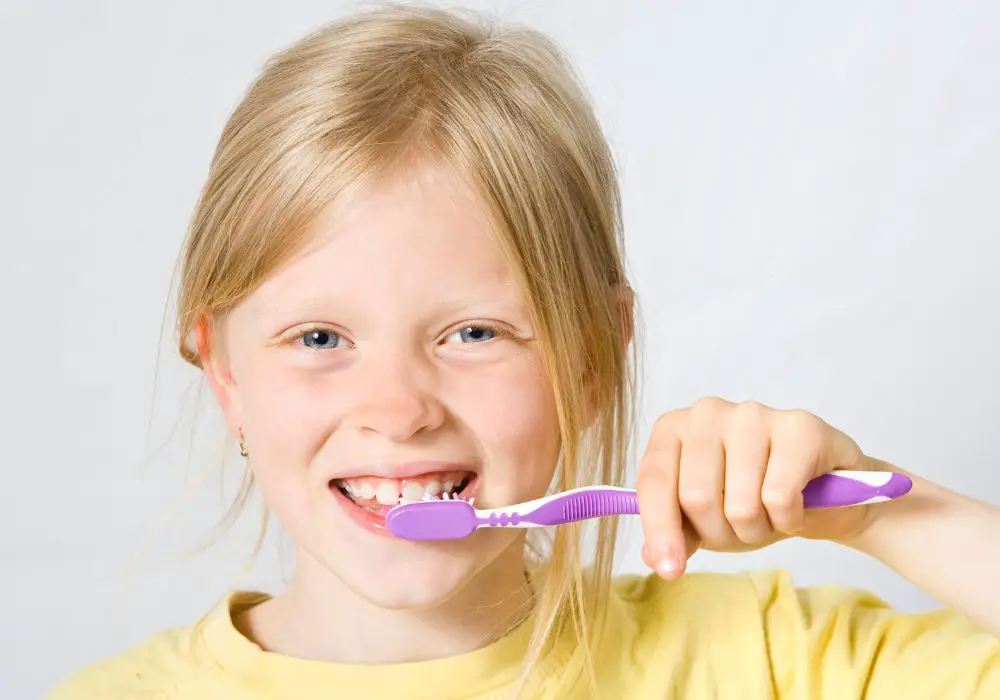
Brushing teeth is an essential part of maintaining good oral hygiene. Teaching your child to brush their teeth properly is crucial to prevent cavities and gum diseases. Here are some tips on how to teach your child the proper brushing technique:
Use the Right Toothbrush and Toothpaste
Choose a toothbrush with soft bristles that can easily reach all areas of your child’s mouth. Toothpaste with fluoride is recommended to help strengthen the teeth and prevent cavities. For children under three years old, use a smear of toothpaste about the size of a grain of rice. For children three years and older, use a pea-sized amount of toothpaste.
Brush at a 45-Degree Angle
Angle the toothbrush at a 45-degree angle towards the gum line. This technique helps to remove plaque and food particles from the teeth and gums. Use gentle circular motions to brush the front, back, and top of each tooth.
Brush for Two Minutes
Brushing for two minutes is recommended to ensure that all areas of the mouth are cleaned properly. Use a timer or a fun song to make brushing time more enjoyable for your child.
Don’t Forget to Floss
Flossing is just as important as brushing. Teach your child to floss between their teeth once a day to remove food particles and plaque from areas that the toothbrush cannot reach.
Rinse with Water
After brushing and flossing, have your child rinse their mouth with water to remove any remaining toothpaste or debris.
By teaching your child the proper brushing technique, you can help them maintain good oral hygiene and prevent dental problems in the future.
Role of Parents in Children’s Dental Hygiene
As a parent, you play a crucial role in your child’s dental hygiene. Even if your child starts brushing for themselves, it is essential to supervise and ensure they are doing a thorough job and using the right amount of toothpaste.
According to the American Dental Association (ADA), children younger than three years should use a smear of fluoride toothpaste, about the size of a grain of rice. Children three years and older should use a pea-sized amount of toothpaste.
Inviting parents to show how they brush their child’s teeth, including how much toothpaste they put on the toothbrush, is an effective way to reinforce good practices and offer suggestions, as needed. Guidelines recommend that parents brush their children’s teeth and supervise tooth brushing until children are ten years old.
However, some parents lack skills and confidence to brush their children’s teeth effectively. Some believe that children can brush their teeth independently, which may not be the case. Therefore, striking a balance between effective parental involvement in children’s toothbrushing while encouraging and teaching independence is crucial.
It is essential to recognize the importance of twice-daily tooth brushing for your child. However, many parents report barriers to adhering to the advice. By working with your child’s dentist and pediatrician, you can develop a plan that works for your family’s unique needs and circumstances.
Common Challenges and Solutions
Brushing your child’s teeth can be a challenging task, especially when they start to brush their own teeth. Here are some common challenges parents face and ways to overcome them.
Challenge: Lack of Coordination
Young children, ages 1 to 4, often lack the coordination to brush their own teeth properly. They may miss certain areas, leading to plaque buildup and cavities.
Solution: Brushing Together
Brushing your child’s teeth together can help them learn proper brushing techniques. You can guide them on how to brush all areas of their teeth, including the front, back, and chewing surfaces. You can also use a timer to ensure they brush for the recommended two minutes.
Challenge: Refusing to Brush
Some children may refuse to brush their teeth, making it a struggle for parents to get them to cooperate.
Solution: Make it Fun
Make brushing teeth a fun activity for your child. You can play their favorite song while they brush or use a toothbrush with their favorite character on it. You can also let them choose their toothpaste flavor and make a game out of brushing all areas of their teeth.
Challenge: Swallowing Toothpaste
Young children may swallow toothpaste, which can be harmful to their health.
Solution: Use the Right Amount of Toothpaste
Use a small amount of toothpaste, about the size of a grain of rice, for children under age 3. For older children, use a pea-sized amount. Teach your child to spit out the toothpaste rather than swallowing it.
By addressing these common challenges, you can help your child develop good oral hygiene habits and maintain healthy teeth and gums.
Importance of Regular Dental Check-ups
Regular dental check-ups are crucial to maintaining good oral health for your child. Even if your child brushes and flosses their teeth regularly, they still need to visit the dentist for routine check-ups. Dental check-ups not only help detect any dental problems early, but they also prevent future dental problems from occurring.
During a dental check-up, the dentist will examine your child’s teeth, gums, and mouth for any signs of dental problems such as cavities, gum disease, or oral cancer. The dentist will also clean your child’s teeth to remove any plaque or tartar buildup.
Regular dental check-ups also provide an opportunity for the dentist to educate your child on proper oral hygiene practices. The dentist can demonstrate proper brushing and flossing techniques and provide advice on healthy eating habits to maintain good oral health.
It is recommended that children visit the dentist at least twice a year for routine check-ups. However, some children may need to visit the dentist more frequently if they are at a higher risk for dental problems. Children who have braces or other orthodontic appliances may need to visit the dentist more often to ensure their teeth and gums remain healthy.
In addition to regular dental check-ups, it is important to maintain a good oral hygiene routine at home. Encourage your child to brush their teeth twice a day with fluoride toothpaste and floss daily. Limit sugary snacks and drinks and offer healthy alternatives such as fruits and vegetables.
By prioritizing regular dental check-ups and practicing good oral hygiene habits at home, you can help your child maintain a healthy and happy smile for years to come.
Children’s Dental Hygiene and Overall Health
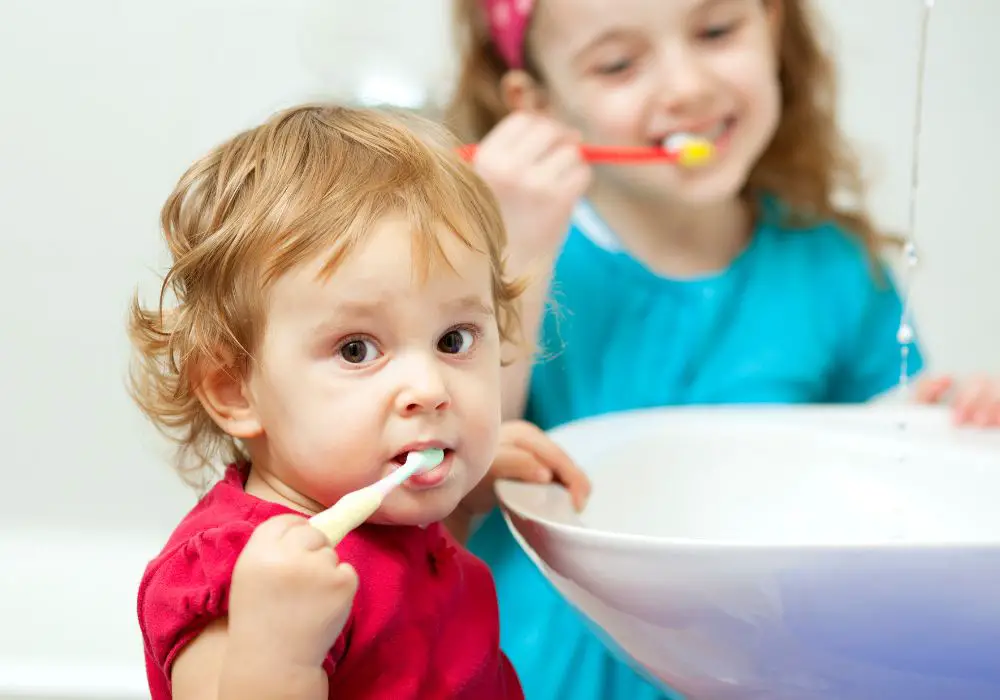
As a parent, you want your child to have a healthy smile and good overall health. Dental hygiene plays an essential role in achieving this goal. By teaching your child good dental habits, you can help prevent tooth decay, gum disease, and other dental problems. In this section, we will discuss the importance of children’s dental hygiene and its impact on overall health.
Brushing and Flossing
Brushing and flossing are the foundation of good dental hygiene. Teach your child to brush their teeth twice a day for two minutes each time. Use a soft-bristled toothbrush and fluoride toothpaste. If your child is under six years old, supervise them while they brush to ensure they are using the correct technique. Flossing is also essential to remove food particles and plaque from between teeth. Teach your child to floss once a day, starting as soon as their teeth touch.
Diet and Nutrition
Diet and nutrition play a significant role in dental health. Encourage your child to eat a balanced diet that includes fruits, vegetables, whole grains, and lean proteins. Limit sugary and starchy foods and drinks, such as candy, soda, and juice. These foods can lead to tooth decay and other dental problems. Drinking plenty of water is also crucial for dental health as it helps rinse away food particles and bacteria.
Regular Dental Visits
Regular dental visits are essential for maintaining good dental health. Schedule your child’s first dental visit by their first birthday or as soon as their first tooth appears. After that, schedule regular checkups every six months. During these visits, the dentist will examine your child’s teeth and gums, clean their teeth, and provide tips for maintaining good dental hygiene.
In conclusion, teaching your child good dental habits is essential for their dental health and overall well-being. Encourage them to brush and floss daily, eat a balanced diet, and visit the dentist regularly. By doing so, you can help your child maintain a healthy smile for life.
Frequently Asked Questions
When should children start brushing their own teeth?
Children can start brushing their own teeth as soon as they have the manual dexterity to do so, which is usually around the age of six or seven. However, parents should still supervise their children’s brushing until they are around 10 years old to make sure they are doing it properly.
How can parents teach their children to brush their teeth?
Parents can teach their children to brush their teeth by demonstrating the proper technique themselves and making it a fun and interactive experience. They can also use tooth brushing charts and reward systems to encourage their children to brush regularly.
What are some common struggles parents face when teaching their children to brush their teeth?
Some common struggles parents face when teaching their children to brush their teeth include getting their children to brush for the recommended two minutes, getting them to brush all of their teeth properly, and getting them to brush their teeth twice a day.
What are some tips for making teeth brushing fun for kids?
Parents can make teeth brushing fun for kids by letting them choose their own toothbrush and toothpaste, playing music or singing a song while they brush, and using fun tooth brushing apps or games.
How long should children brush their teeth for?
Children should brush their teeth for two minutes, twice a day, using a pea-sized amount of toothpaste for children over three years old.
What are the consequences of not teaching children to brush their teeth properly?
Not teaching children to brush their teeth properly can lead to cavities, gum disease, and other dental problems that can be painful and costly to treat. It can also lead to a lifetime of poor dental hygiene habits.

